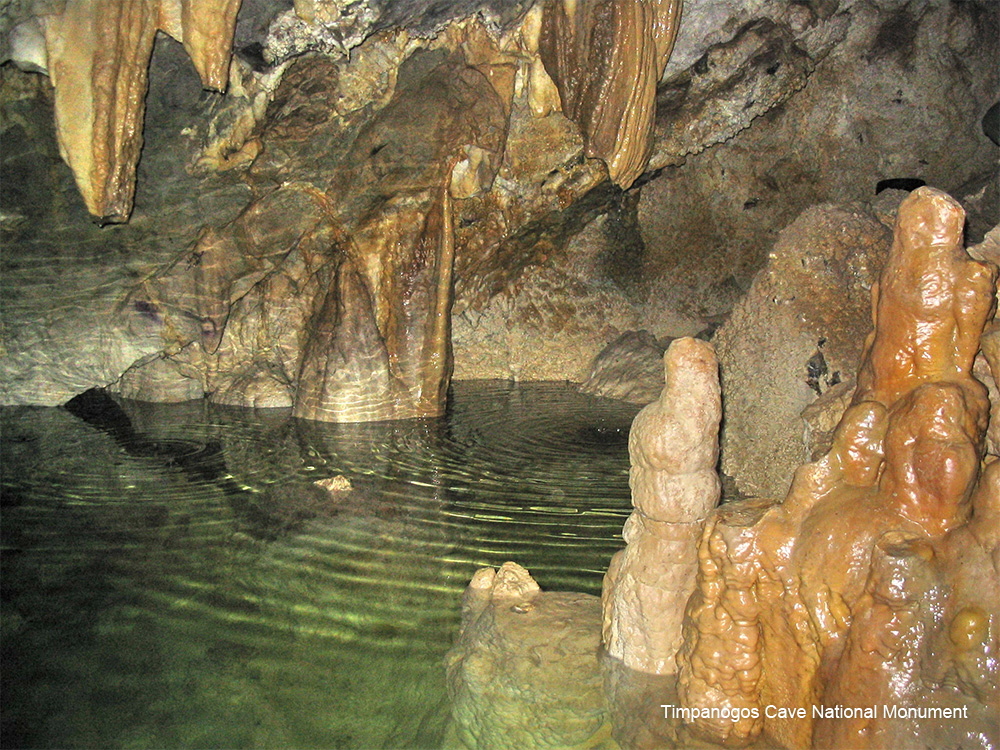Water Cycle
Water moves continuously through the earth and sky in the water cycle.
Instructions: Click each part of the diagram to learn more about the way water moves and the places it stops along the way. What form is the water taking at each of the points below... liquid, solid, or gas?
Plant Uptake
Plants move water! All plants, like trees and flowers, are slowly pulling water from the soil surrounding their roots and moving it all the way up to their leaves. This water eventually exits the plant through transpiration.
Example of Plant Uptake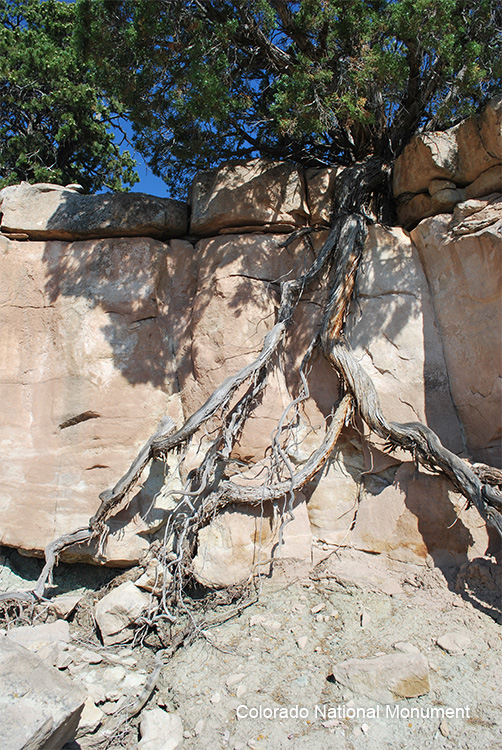
Evaporation
Evaporation is the process by which water changes from a liquid to a gas or vapor. Typically, solar radiation and other factors such as air temperature, vapor pressure, wind, and atmospheric pressure affect the amount of natural evaporation that takes place in any geographic area. Studies have shown that the oceans, seas, lakes, and rivers provide nearly 90 percent of the moisture in the atmosphere through evaporation.
Example of Evaporation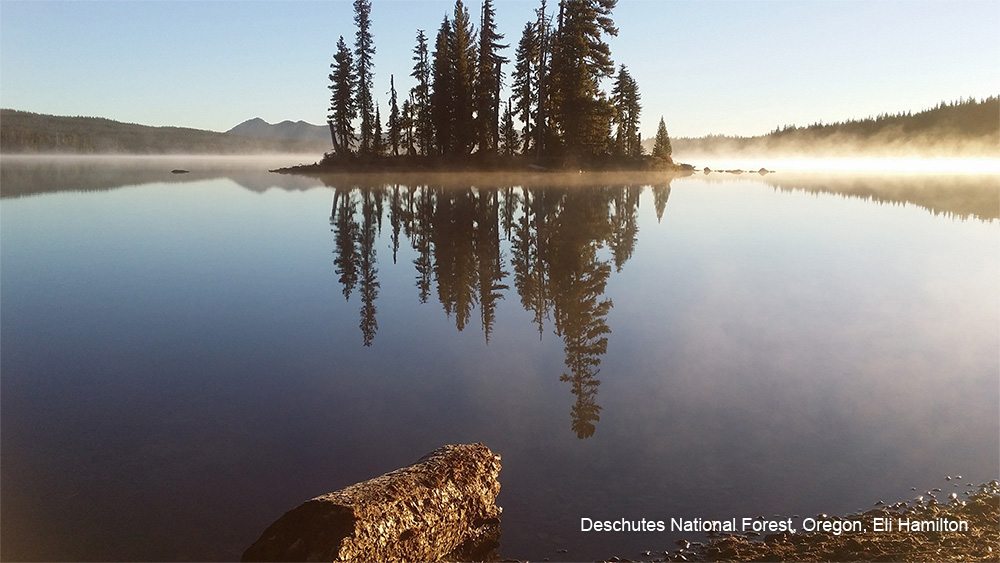
Transpiration
Transpiration is the biological process that occurs when water inside of plants is transferred from the plant to the atmosphere as water vapor moves through numerous individual leaf openings. This accounts for about 10 percent of water in the atmosphere.
Example of Transpiration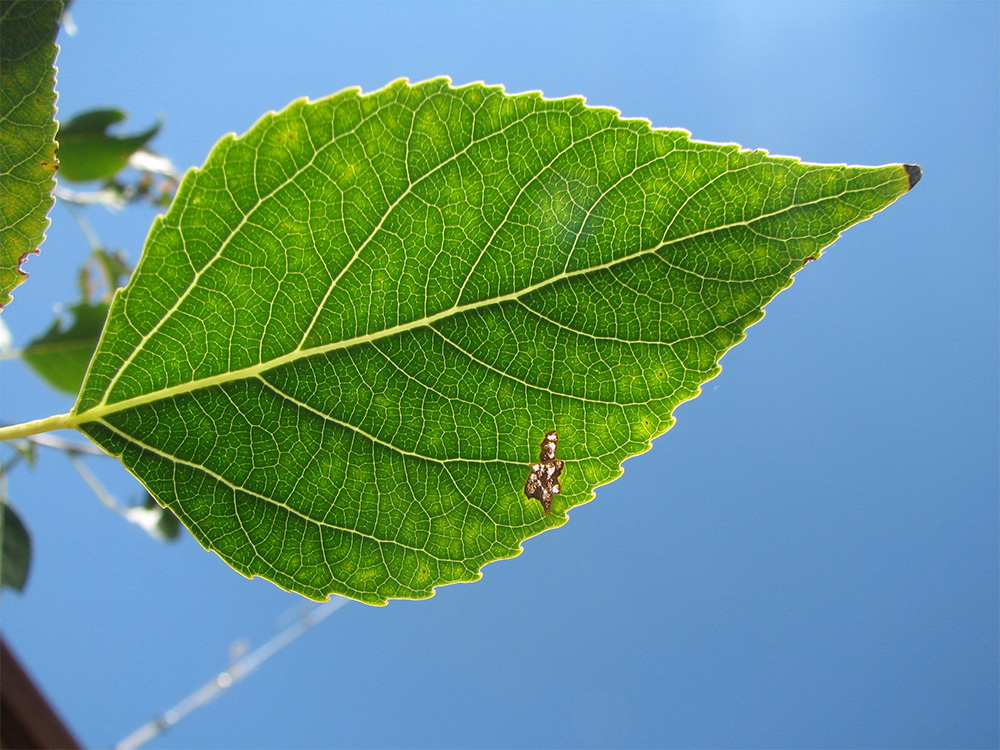
Condensation
Condensation is the process by which water vapor in the air is changed into liquid water. Condensation is crucial to the water cycle because it is responsible for the formation of clouds. Condensation is the opposite of evaporation.
Example of Condensation
Clouds & Vapor
The clouds floating overhead contain water vapor and cloud droplets, which are small drops of condensed water. These droplets are way too small to fall as precipitation, but they are large enough to form visible clouds. For precipitation to happen, tiny water droplets must condense on even tinier dust, salt, or smoke particles. As the particles collide, additional condensation of water vapor occurs and the droplets grow larger, eventually falling out of the cloud as precipitation.
Example of Clouds & Vapor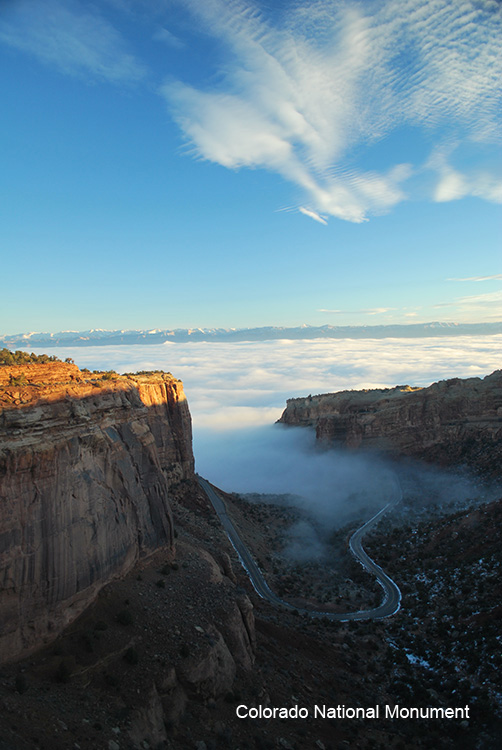
Precipitation
Precipitation is water released from clouds in the form of rain, freezing rain, sleet, snow, or hail. It is the primary connection in the water cycle that provides for the delivery of atmospheric water to the Earth.
Example of Precipitation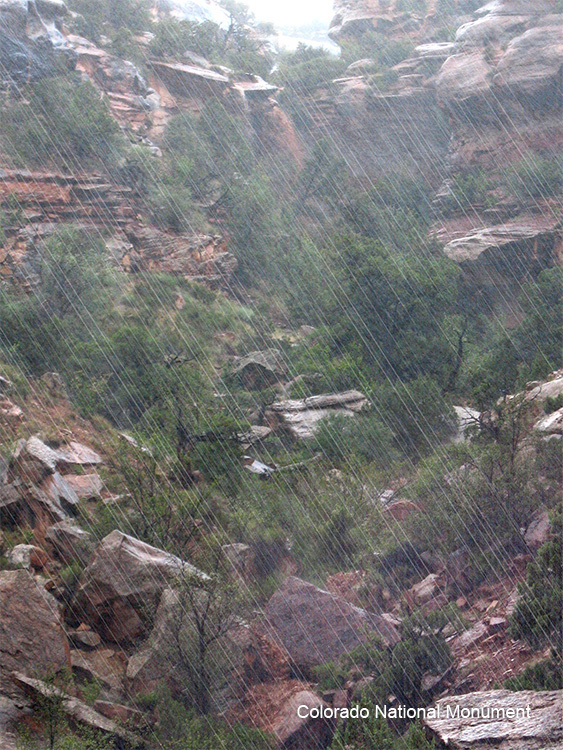
Ice & Snow
The water cycle describes how water moves above, on, and through the Earth. But, in fact, much more water is "in storage" at any one time than is actually moving through the cycle. “In storage” means water that is locked up in its present state for a relatively long period of time. Even though the amount of water locked up in glaciers and ice caps is a small percentage of all water on Earth, it represents a large percentage of the world's total freshwater and is still part of the water cycle.
Example of Ice & Snow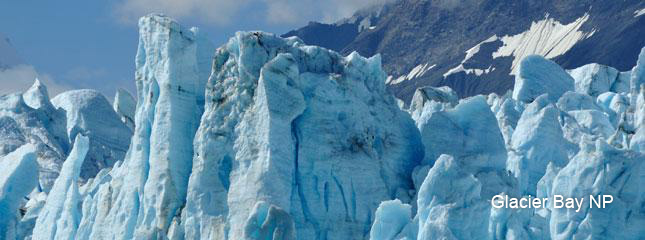
Surface Runoff
Runoff is flow from a drainage basin or watershed that collects in surface streams. The flow includes precipitation that falls directly on the stream and water that flows over land and through channels to reach the stream. It also includes subsurface runoff that infiltrates soils and moves through the soil towards the stream, and groundwater runoff from deep percolation through the soil horizons. Part of the subsurface flow enters the stream quickly, while the remaining portion may take a longer period before joining the water in the stream.
Example of Surface Runoff
Infiltration Into Groundwater
Imagine the ground as a giant sponge. The earth is storing vast amounts of water below the surface.
Example of Infiltration Into Groundwater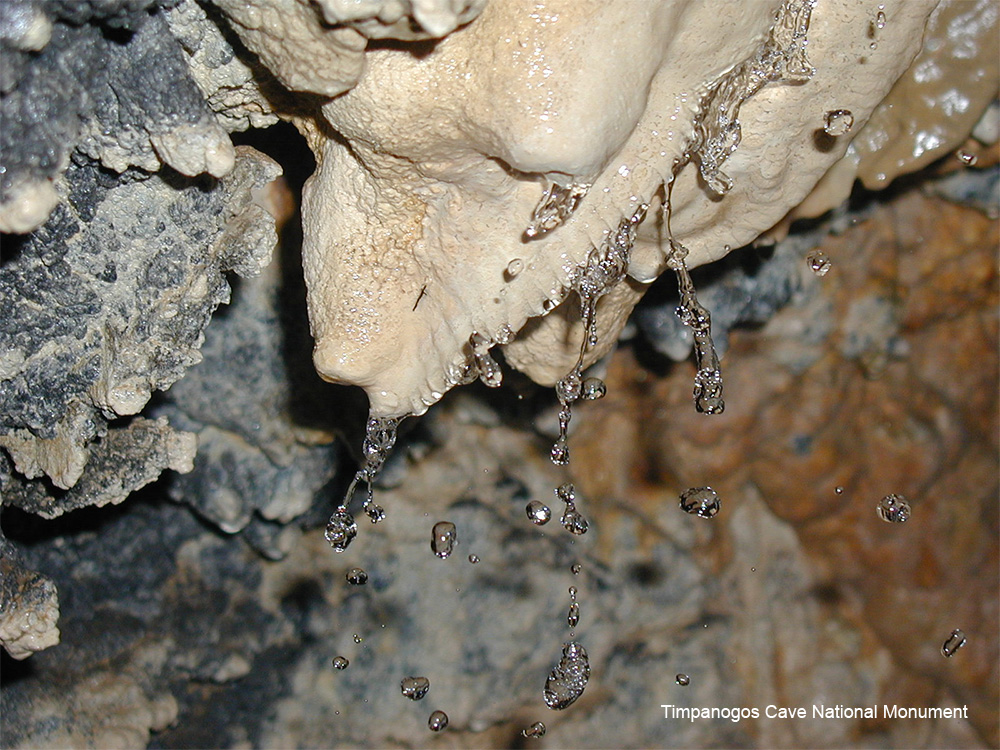
Groundwater Flow
There are three basic locations of water storage that occur in the planetary water cycle: the atmosphere, the surface of the earth, and in the ground. Underground storage occurs in the soil, in aquifers, and in the crevices of rock formations.
Example of Groundwater Flow